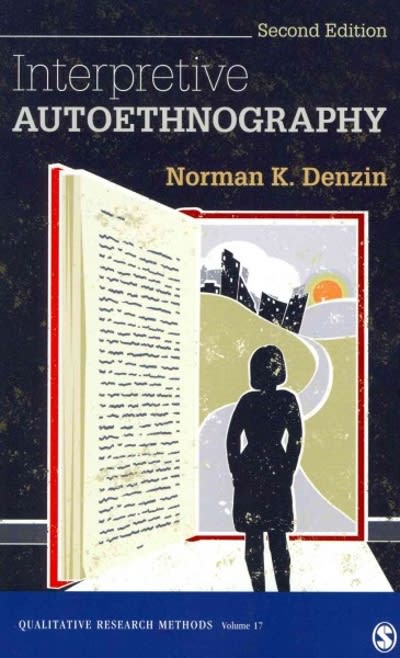Answered step by step
Verified Expert Solution
Question
1 Approved Answer
Marisol is a 40-year-old single female from a tight-knit Puerto Rican family. She is employed full time as a data analyst for a technology company.
- Marisol is a 40-year-old single female from a tight-knit Puerto Rican family. She is employed full time as a data analyst for a technology company. She has steadily progressed in her career by working for relatively small companies, where her role allowed her to work relatively independently. Unfortunately, working for small organizations was less stable financially, so she has been working for a larger company for the past four years. Interacting with a larger work group has challenged her comfort zone. She prefers to spend time with a network of close friends she has known most of her life, with whom she visits one-on-one. Her family lives in the area, and she sees them frequently. Her parents and older brother have always provided a support system and practical help. She enjoys quiet evenings alone or at the home of her brother and his family. Her friends and family privately wonder why she has never dated or wanted to travel.
- Identify presenting concerns from the client's perspective as described in the video and accompanying narrative. Include relevant cultural and systemic considerations that frame the client's presentation.
- Describe what information has been provided in each case that helps to determine which disorders are appropriate for consideration (differential diagnoses) for a final diagnosis. Evaluate how at least one assessment tool, which is listed in the List of Assessment Tools resource, will aid in obtaining further information to back up your final diagnosis. The Differential Diagnosis Decision Tree may be helpful to guide this process.
- Present DSM-5-TR and ICD-10 codes, including relevant Z codes.
- Provide a descriptive rationale for the DSM diagnosis that best fits the information provided including relevant ICD codes. This should be written in a narrative form using complete sentences. Support your rationale with scholarly sources. Optional readings found in the course syllabus may be particularly relevant.
- Determine if a medication consultation is appropriate and provide a rationale with support from scholarly sources.
List of Assessment Tools and Supporting Resources
- Beck, A. T., Epstein, N., Brown, G., & Steer, R. (1988). Beck Anxiety Inventory. Psyctests.
- Bardhoshi, G., Duncan, K., & Erford, B. T. (2016). Psychometric metaanalysis of the English version of the Beck Anxiety Inventory. Journal of Counseling & Development, 94(3), 356-373.
- Review this source to review how to interpret the Beck Anxiety Inventory.
- Bardhoshi, G., Duncan, K., & Erford, B. T. (2016). Psychometric metaanalysis of the English version of the Beck Anxiety Inventory. Journal of Counseling & Development, 94(3), 356-373.
- Derogatis, L. R. (1977). Symptom checklist-90-revised. Psyctests.
- Grande, T. L., Newmeyer, M. D., Underwood, L. A., & Williams, C. R. (2014). Path analysis of the SCL-90-R: Exploring use in outpatient assessment. Measurement and Evaluation in Counseling and Development, 47(4), 271-290.
- Review this source to review how to interpret the SCL-90-R.
- Grande, T. L., Newmeyer, M. D., Underwood, L. A., & Williams, C. R. (2014). Path analysis of the SCL-90-R: Exploring use in outpatient assessment. Measurement and Evaluation in Counseling and Development, 47(4), 271-290.
- Prevatt, F., Dehili, V., Taylor, N., & Marshall, D. (2015). Anxiety Symptom Checklist. Psyctests.
- Beck Depression Inventory-II
- Erford, B. T., Johnson, E., & Bardoshi, G. (2016). Meta-analysis of the English version of the Beck Depression Inventory-Second edition. Measurement and Evaluation in Counseling and Development, 49(1), 3-33.
- This resource will help you use the Beck Depression Inventory-II if you access that assessment tool.
- Erford, B. T., Johnson, E., & Bardoshi, G. (2016). Meta-analysis of the English version of the Beck Depression Inventory-Second edition. Measurement and Evaluation in Counseling and Development, 49(1), 3-33.
Step by Step Solution
There are 3 Steps involved in it
Step: 1

Get Instant Access to Expert-Tailored Solutions
See step-by-step solutions with expert insights and AI powered tools for academic success
Step: 2

Step: 3

Ace Your Homework with AI
Get the answers you need in no time with our AI-driven, step-by-step assistance
Get Started


